Hydropower or hydroelectric power is the process of producing electricity utilizing the power of water. Water can move fast or slow, there can be a lot of it or a small amount.
Utilizing waterpower to create a maximum amount of electricity differs depending on your system. In terms of a hydroelectric generator, this means, figuring out a location for a generator and seeing how the water in that location could best generate energy.
To determine these types of things in a system it is often efficient to make use of the terms flow or flow rate and head.
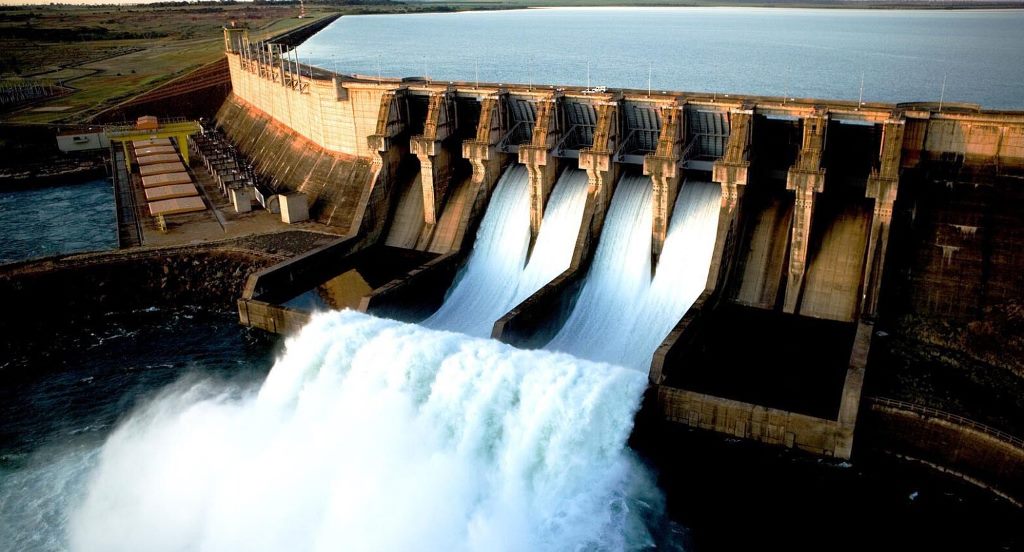
How does hydropower work?
Flow is how much water passes through a location given a period of time (volume over a given time). With greater amounts of water, like in rivers and oceans, the movement of the water over time is much greater since there is so much more water in general.
Streams and creeks often have much less water traveling through them and while it can be moving at high or low speeds, the general amount of water (given a specific location and over a time period) is less. The other important factor in a water source is called head.
Head race in hydro-power plant
Head essentially is the water levels over a certain distance or the height that the water travels. In a river, the heads are generally very low, as the water level doesn’t drop much over a distance.
Places with high heads are waterfalls or dams, where water is falling a significant distance over a short amount of time. High heads correspond to high distances, just as large amounts of fast-moving water correspond to high flow rates.
Types of water turbines
These two factors influence the different types of water turbines that are made to produce electricity and they are two ideas I needed to understand in order to make the decision about what turbine I should use for my generator.
I began looking into hydro turbines to discover what might be the best system to implement in my situation.
That also meant that I had to come to the conclusion of what my situation was, or in other words where was I going to place my hydroelectric generator.
Hydro-Turbines
A hydro or water turbine is a rotary device that takes the potential and kinetic energies of running water and converts it into mechanical work. There are two main types of hydro turbines, impulse, and reaction.
An impulse turbine is a system that channels water and directs it into a blade, bucket, or runner, moving the runner by a collision with the water.
Impulse turbines are made for high-head situations, where water travels far distances and gains potential energy. It then is channeled into a nozzle which converts the potential energy into kinetic.
How do hydro turbines work?
The nozzle sprays the water at a blade, runner, or bucket on the turbine.
The collision between the runner and the water transfers the kinetic energy of the water to the blades causing the mechanism to spin and generate energy in the form of mechanical work.
Depending upon the setup of a generator the spinning of the turbine will drive the rotation of magnets around coils which will create electricity as a result of the water. On the other hand, a reaction turbine is a system that relies on a combination of pressure and moving water.
Here, the turbine is placed directly in the body of water so that instead of hitting each runner individually, the water flows over all the runners at once.
The differences in water pressure between the front and the back of the runners allow them to move and convert kinetic energy into mechanical work.
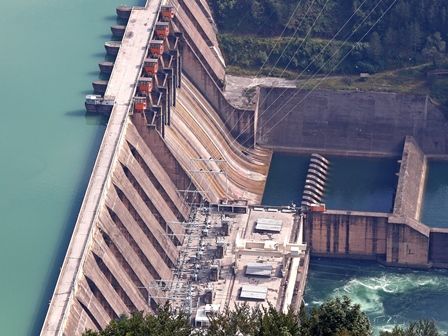
Surge Tank in Hydroelectric Power Plant
A surge tank is a water storage device that is used in a hydroelectric power plant, to cushion the variation of excess pressure.
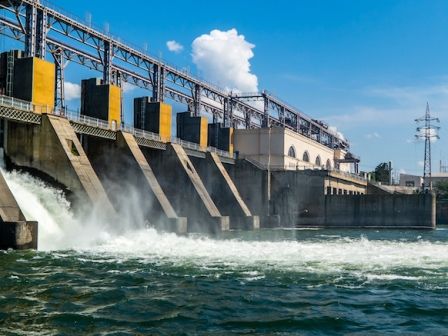
Surge Tank in Hydro Power Plant
Surge tanks can provide a fundamental feature for the hydraulic design of hydropower projects
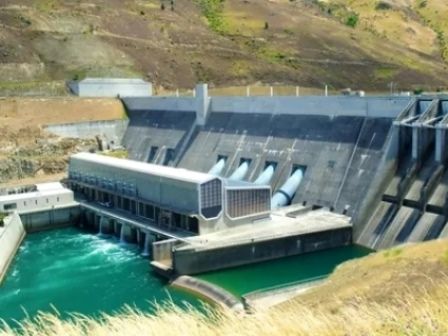
What is the use of Surge Tank?
Surge tanks are applied in hydropower plants to reduce the pressure forces during acceleration of the water, and to enable speed governing of the turbines.
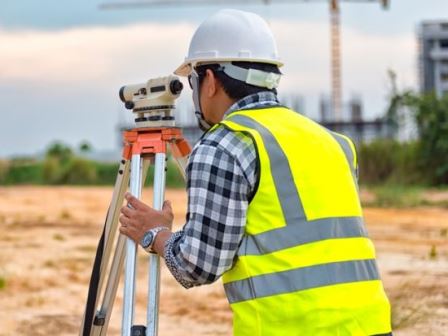
Topographic Survey Cost
As a home or property owner, you may need to inspect your land. What is the cost of the topographic survey?

Underwater Topography Maps
Detailed depth contours provide the size, shape, and distribution of underwater features. The map serves as a tool for performing scientific, engineering, marine geophysical, and environmental studies.
